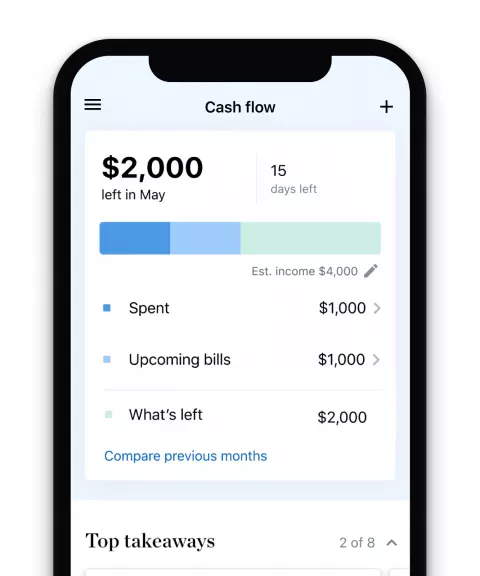The definition of low income can be affected by the size of your household, your location and even the ages of household members. Although it may not be possible to give a precise number as a definition of low income every time, this shouldn’t prevent you from receiving the financial help you need.
Below is a list of programs that provide assistance for low-income households. First, let’s define low income.
Definition of low income
A commonly used definition of low income in the U.S. is the government-established federal poverty level.
The FPL is calculated annually by the Department of Health and Human Services. It’s used to determine eligibility and eligibility for various assistance programs, including those offered by private companies, nonprofit organizations, and federal programs. Examples include:
-
Children’s Health Insurance Program.
-
National School Lunch Program.
-
Supplemental Nutrition Assistance Program.
-
Parts and services of Medicaid.
-
Part of Medicare’s prescription coverage.
These guidelines are updated each year to reflect inflation.
The federal poverty level for a household of one is $14,580 per year. The total household income increases by $5,140 for each additional member. For example, a family of four is considered to be in poverty if they earn $30,000 annually.
This standard is applicable in all 48 states and the District of Columbia. The higher cost of living in Alaska and Hawaii is reflected in separate guidelines.
But, it is possible to get more complicated with all the rules and regulations of government programs and policies.
Low income can be measured
Federal programs may use the FPL guideline number to determine eligibility. Other programs might use a different multiplier.
The federal, state, or local government agency or advocacy group that determines the threshold for low income benefits may also have an impact on the amount of benefits available.
Before you create a budget
NerdWallet shows you how to cut down on your spending and show you how to save.
Programs that utilize the federal poverty level
These are some federal programs that use the FPL definitions of low income (or percentage multiples thereof) to determine qualification.
Head Start: This program offers early childhood education, nutrition and health services for low-income families. Use the Head Start Center Locator to locate a program near you.
Low Income Home Energy Assistance Program (Low Income Home Energy Assistance Program): This program assists low-income households with heating and cooling costs.
Supplemental Nutrition Assistance Program (SNAP): This program helps low-income families and individuals with food purchases.
These are only a few.
|
|
|
|---|---|
|
|
|
|
|
|
|
|
|
|
|
|
|
|
|
|
|
|
|
|
|
Other guidelines and programs for low-income people to take note
The Earned Income Credit is a tax credit for low- and moderate-income families. It does not follow the FPL guidelines. Instead, the IRS offers an eligibility tool for EITC.
Federal TRIO Programs of the Department of Education — which offer services to disadvantaged students and those with low incomes, as well first-generation college students and people with disabilities — use their own definition of household income as a way to determine eligibility.
Where to find low-income assistance programs
Low-income households have access to even more assistance through programs that are both state- and local-level. Search for the department of health and social services in your state to find help near you.
A further resource is , which can be reached by a phone call or a visit to the website. This will connect you with resources on a wide range of subjects.
